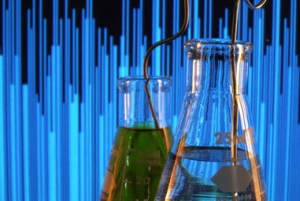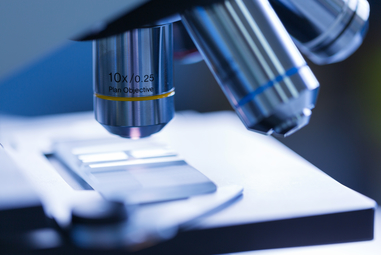September 12, 2018 -- For the past five years, Latin America’s slow growth in the analytical and life science instrument industries have resulted in the region lingering in the shadow of recent powerhouse regions, such as China. Despite the wealth of opportunities in Asia, many sales and marketing managers within the industry are looking at Latin America and wondering if opportunities in the region have been underestimated, and if we’ll see development there take off in the near future
While we can’t necessarily make the claim that technological growth for analytical instrumentation in Latin America is bound for excellence soon, our analysts also cannot ignore the opportunities in the positive trends we do see, especially in the larger scientific research centers of Brazil, Mexico, and Argentina.

With growing middle classes, and aging population, and rising obesity rates, the pharmaceutical industry is experiencing especially robust growth, particularly in Brazil. Latin America is also increasingly seeing an uptick in clinical trials, due to cheaper costs. In terms of how this impacts the instrumentation industry, the pharma/biotech industry represents the quickest growing demand for mass spectrometry instruments, at a 5-year CAGR of 5.8%.
However, the rapid expansion of pharma company facilities is almost matched by the rise of demand in the “applied” sector for the region. As Latin America continues to be a major world exporter of food and agriculture products, there is also a rise in both food production and safety testing. This bodes well for manufacturers of the chromatography instruments, which are often used for food content analysis and pesticide trace testing.

Companies producing optical, electron, and advanced microscopes have the most to gain from the region across most sectors, as compared to all other technologies, surface science instruments and various microscope types will have the highest increase in demand over the next five years. Although public sector funding is tight, pharma and industrial demand, especially in Brazil and Mexico, is driving new instrument purchases for composition analysis, defect detection, and for analyzing cells and tissues for drug interaction.
In addition to accurately estimating demand and exploring the growth changes for each type of analytical instrumentation, our team wanted to probe deeper. We succeeded in engaging a large number of analytical instrument end-users through a detailed survey on current instrument and vendor usage and awareness, lab budgets and spending, and future purchasing plans. Through examining these metrics, we gain a better understanding of the research decisions that drive scientific discovery.
Which instruments and techniques do you use in your research? What are your thoughts on the current landscape of scientific research? Join the discussion in our Forums.Copyright © 2018 scienceboard.net



